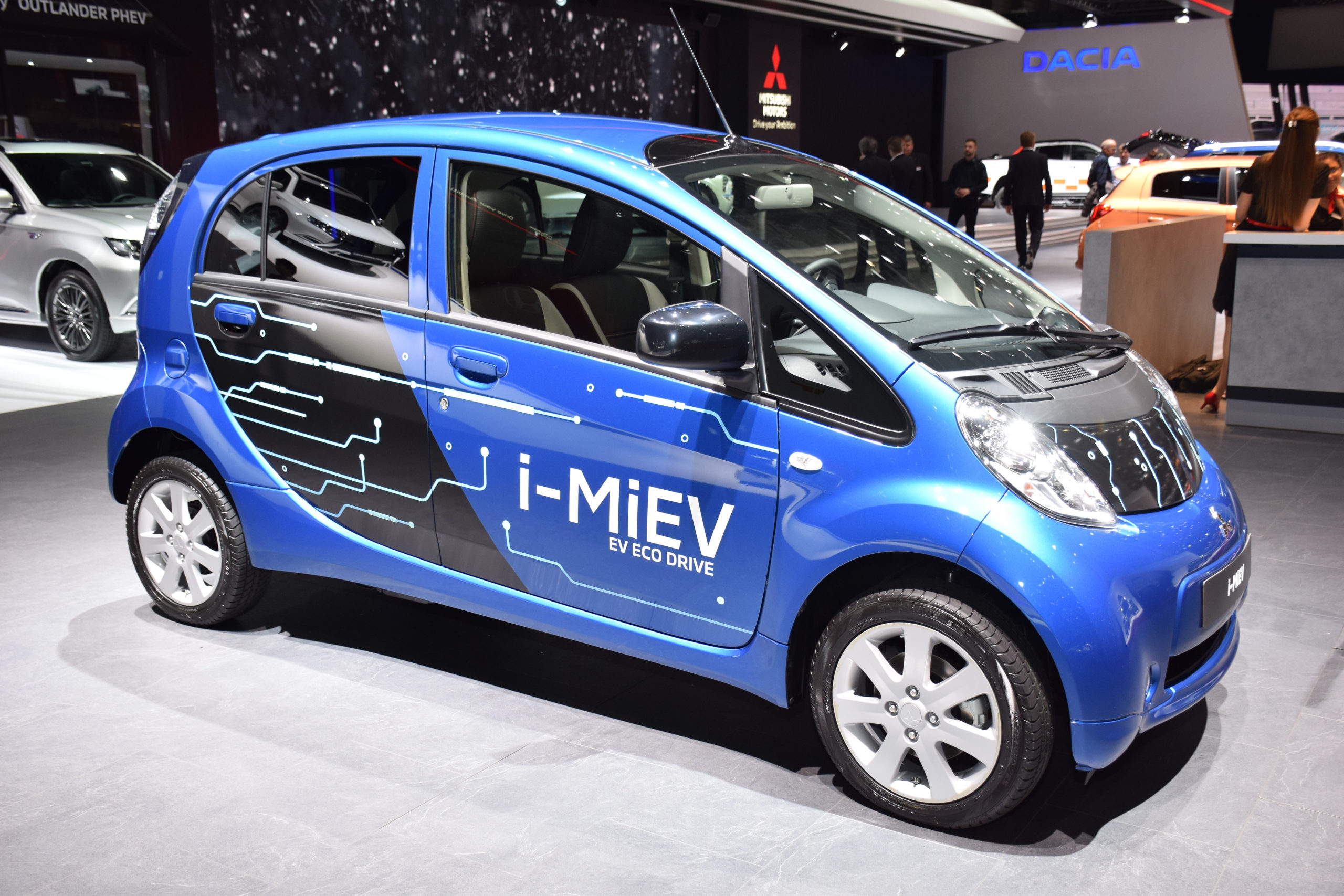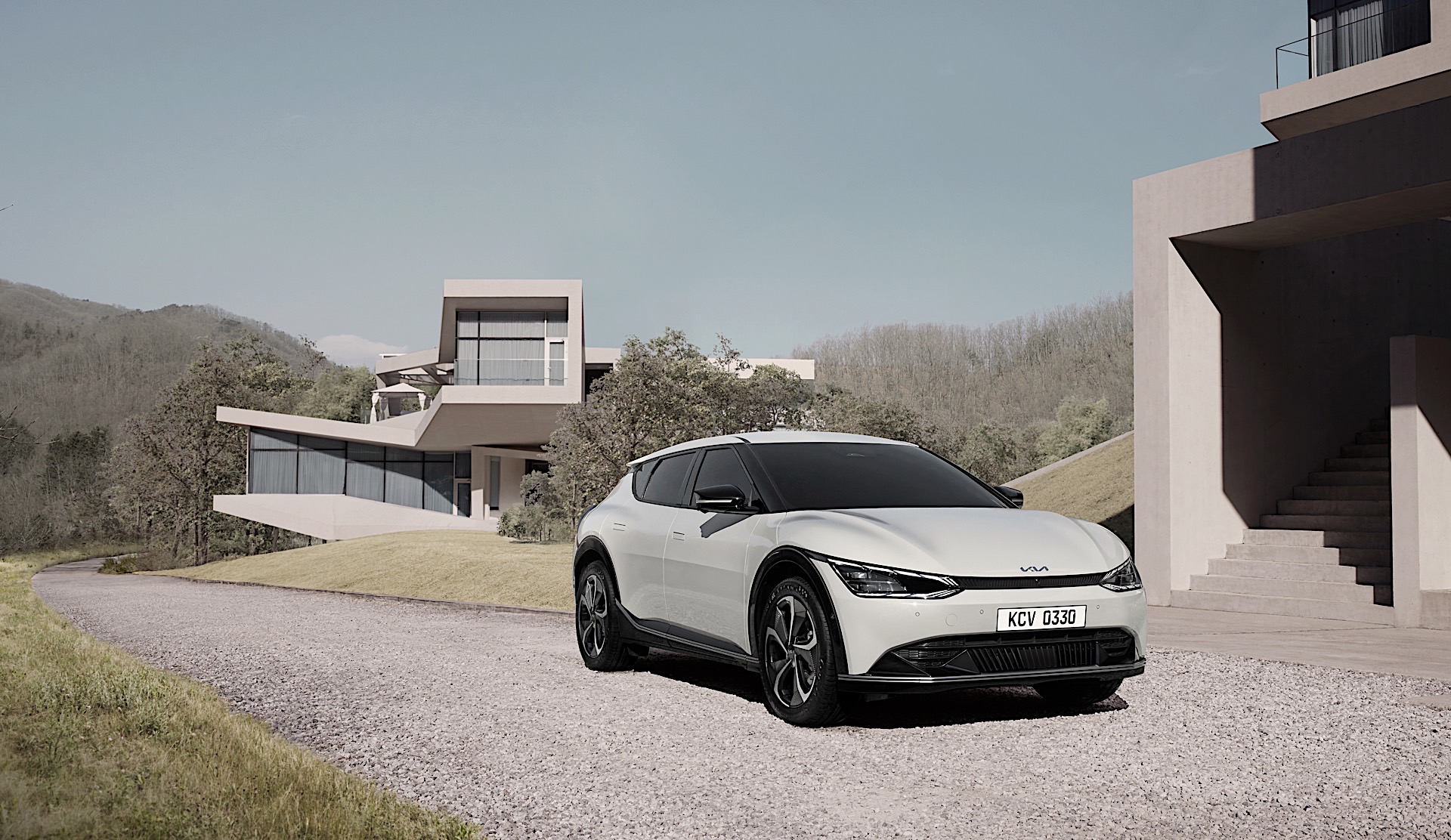These last couple of years the world has seen a few cautiously optimistic internal combustion engine sales bans floated around. Places like California, the United Kingdom, Germany, France, China, Spain, Taiwan, India, and Ireland have pushed for zero emissions mandates from 2050, 2040, or 2035. In recent months even more ambitious plans have come to the fore, as the UK has moved up its goal to 2030, and a Washington State bill aims to do the same. Norway, as always, has been well ahead of the curve, issuing a zero emissions transportation mandate set to go into effect in 2025 way back in 2016.
As these mandates and sales bans spread across the world, a common refrain among detractors is a question of readiness. The electricity grid isn’t ready to cope with all this extra charging. EV charging infrastructure isn’t ready to facilitate long-distance travel. Battery technology isn’t ready to provide the range and charging speeds we need. Automakers aren’t ready. Governments aren’t ready. Consumers aren’t ready. The world isn’t ready.
Bogus.

Ten years ago when mass-market EVs were still relatively new, your choices were limited to the Nissan Leaf or a Mitsubishi i-MiEV, or if you were flat out ballin’ you could get a Lotus-based Tesla Roadster. None of these options were perfect, but they were interesting enough, inventive enough, and eye-catching enough to catch on. Everything that the modern EV industry has become is owed to these three. In 10 short years Tesla has grown into an internationally recognized player, and millions of daily-usable electric cars have been sold to fit nearly every use case on the spectrum from Kia to Porsche.
The thing that makes me most optimistic for the future of global EV readiness is the fact that charging infrastructure is still only 10 years old, and it is already possible to road trip an EV from coast to coast in under two days. At the dawn of gasoline-powered vehicles, the first cross-country trip took over two and a half months!
The first automobile, by all historical accounts, was Nicolas-Joseph Cugnot’s steam-powered artillery hauling tricycle way back in 1769. By 1779, 10 years into the creation of the automobile, it had barely made a dent in the world, and was all but forgotten. It was more than one hundred years before the Benz Patent Motorwagen and the Daimler motorized carriage were patented on the same day — January 29, 1886 — in two different German cities. One hundred years of automotive progress netted a pair of designs. Progress on the automotive front has been blistering since, moving in leaps and bounds over the last 135 years. There is practically a technological revolution every decade in the car world these days.

There’s a passage in Ernest Hemingway’s novel The Sun Also Rises in which a character named Mike is asked how he went bankrupt. “Two ways,” he answers. “Gradually, then suddenly.”
That, my friends, is how I see the progression of electric automobile technology. We’re still in the ‘gradually’ phase, but things are starting to ramp up. With commitments from governments all over the world, manufacturers all over the world, electric production all over the world, battery advancements all over the world, and buyers all over the world, we’re about to see some massive growth in the next decade. Electric cars have been taking their time, waiting as technology continued to improve before breaking out into the mainstream. There were big electric movements in the early 1900s before gasoline infrastructure became more prevalent, had a short resurgence in the 1970s during the gas crisis, another in the 1990s during the California ZEV mandate era, and then again in 2010, which brings us to where we are now.
Thus far it has been a slow burn, but things are rapidly ramping up. Hundreds of thousands of electric vehicles were sold last year, and at least here in the U.S. market some predict EV sales will double year over year as more variety and production availability comes online. That gradual and slow linear growth of early adopters and tech addicts is starting to look like it will break into the exponential growth of mainstream and Luddite drivers.
Ten years ago there was no way anyone could have predicted where we would be in 2021. And 10 years from now, there’s no way anyone alive could predict exactly what the EV market will look like. Think about what life was like in 2011 and think about how far we’ve come as a society since. Try this on for size, in 2011 Amazon employed 30,000 people. Today that number is nearly a million. Tesla’s IPO opened at five dollars a share in mid-2010. Now it’s over $700 per share. Massive tectonic shifts in an industry can happen in the span of a decade.
We will be ready for EV adoption. I don’t know how, I don’t know when, and I don’t know what it will look like, but we’ll be ready. We always have been.

